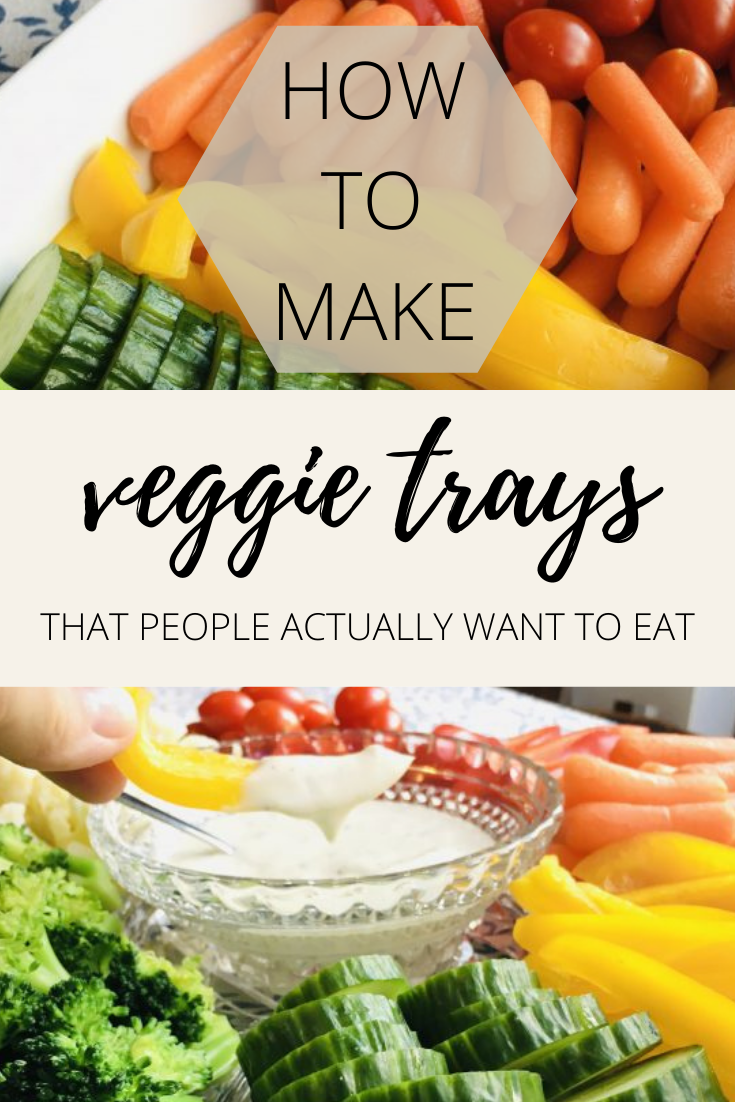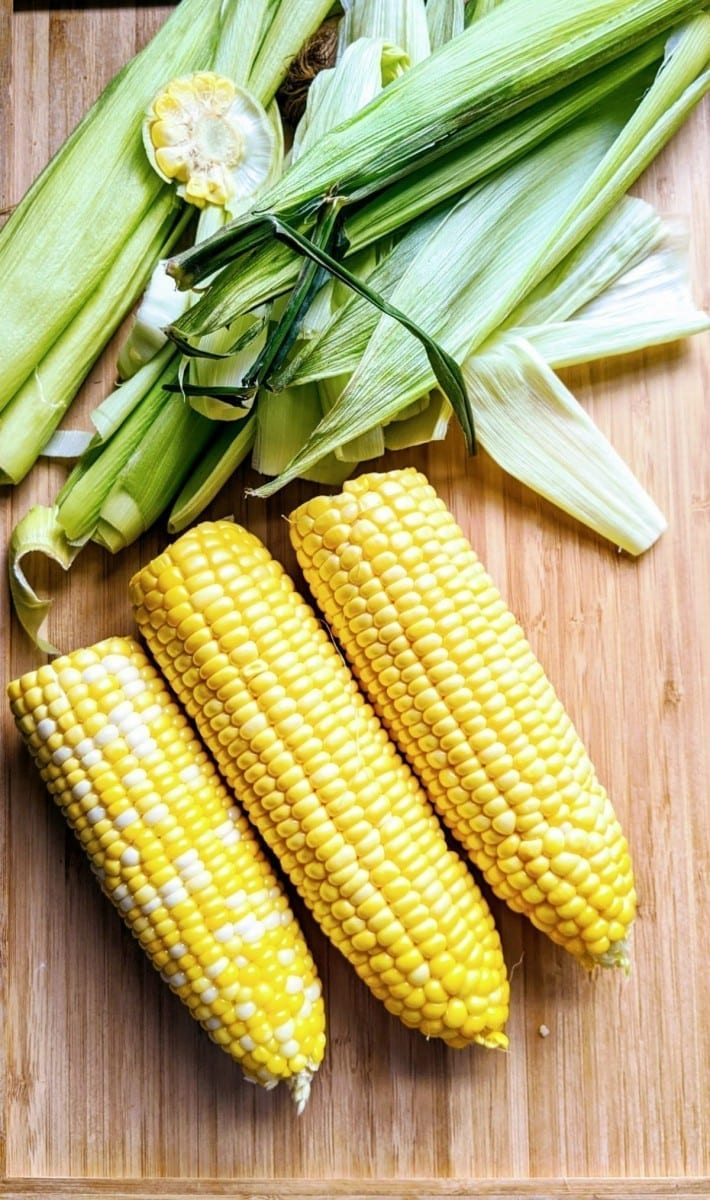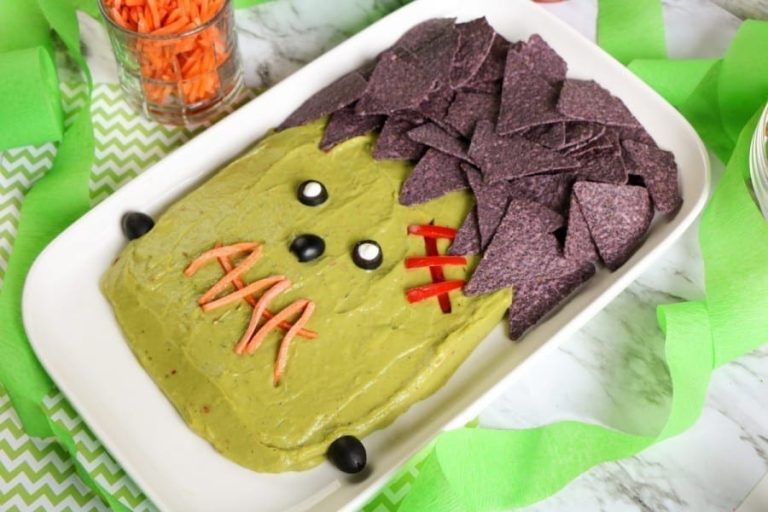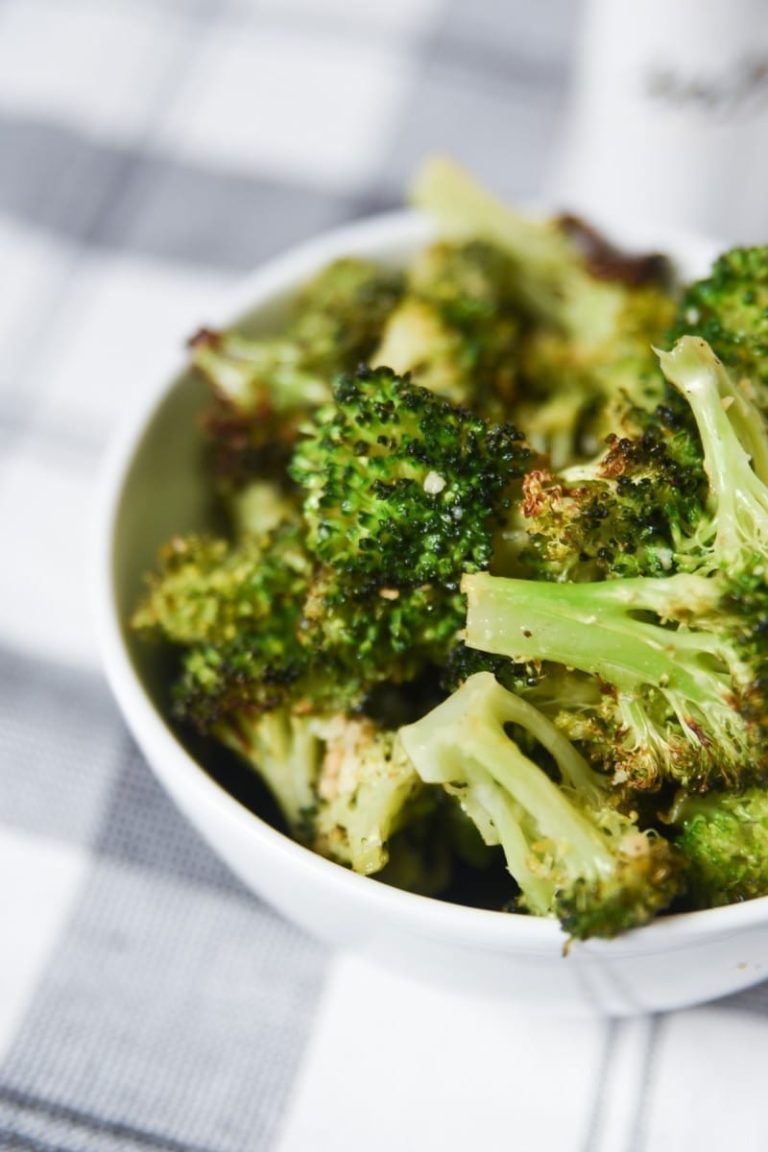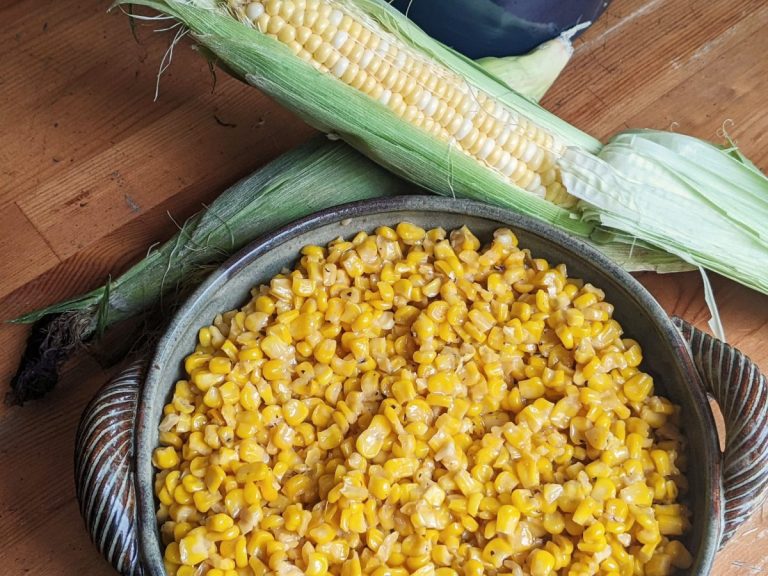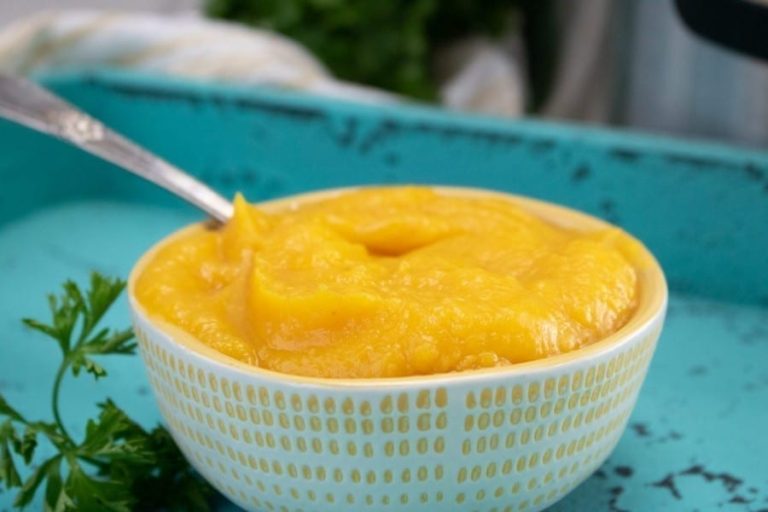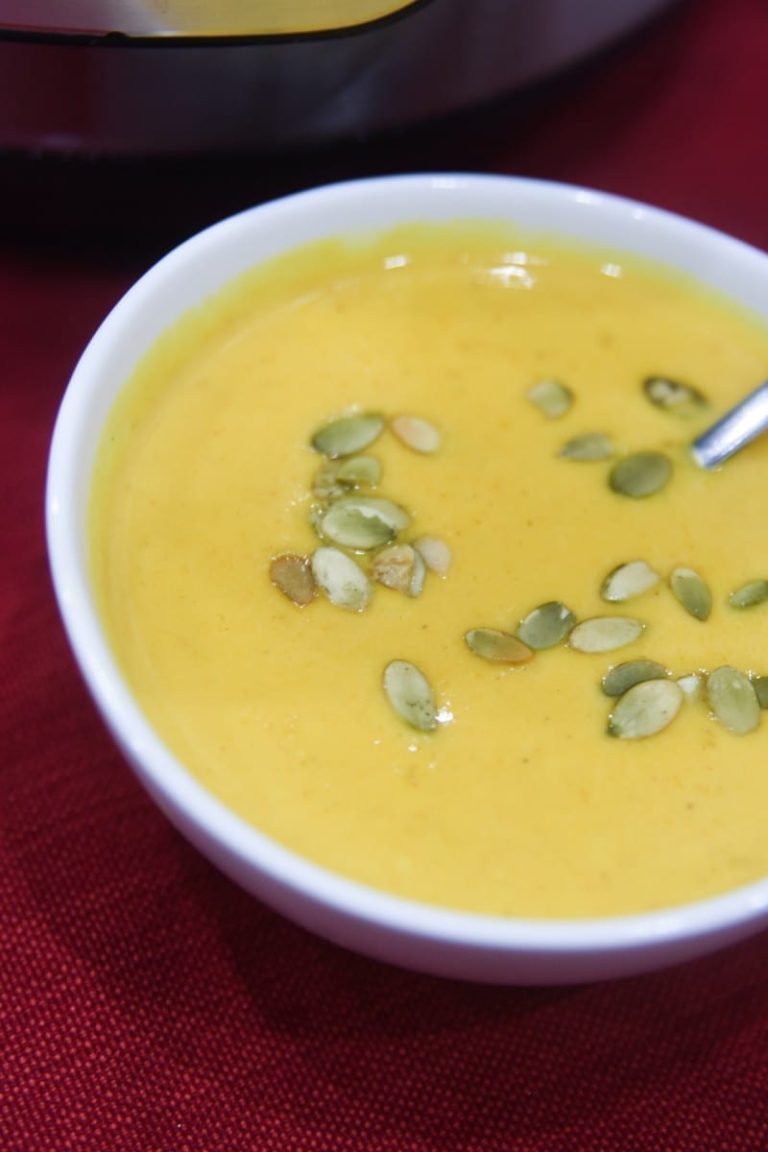Best Veggie Platter Ideas: How to Make a Delicious Vegetable Plate Everyone Will Love
Veggie platters done right can be the center of any party spread. Here are some must-know veggie platter ideas that everyone will enjoy.
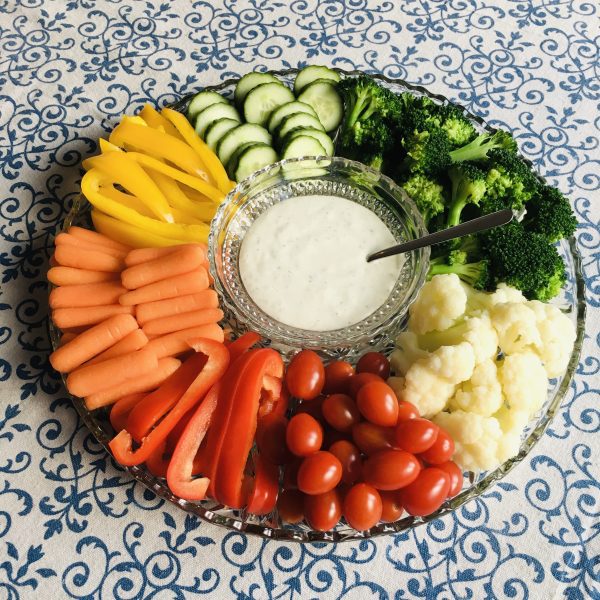
You’ve got company coming over; you’re going to a potluck; you’re hosting a brunch or formal dinner.
A vegetable platter, or veggie tray, is a great side dish for all these occasions. While you can rely on whatever tray the grocery store has, knowing how to make a veggie tray is a practical and surprisingly simple skill. Let’s be real – a homemade veggie tray is almost always going to be better than the ones sold at the grocery store!
Veggie trays are also referred to as a Crudité platter – which is basically the French term for this simple appetizer that is perfect for the buffet table.
How to Make the Best Veggie Tray
Vegetable platters are not difficult to assemble – but they do take a little of planning to make it appropriate for the audience it’s being served to.
- Plan the platter—Big group? Small dinner? Lots of kids? Adventurous eaters? Cater to their tastes as you plan the platter.
- Make it fun. Mix in a variety of colors, flavors, and textures, and consider your budget as you go along.
- On a budget? Veggies such as carrots, celery, and cucumbers are crowd-pleasers and easy on the wallet, while peppers, tomatoes, and jicama are fun for more adventurous eaters or when you want to go all out.
- Easy to eat. The most important thing is to select finger-food-friendly vegetables that are easy to eat.
What to put on a veggie tray?
Here are some vegetables that are popular to put on the tray. Some are more traditional than others, but by offering a variety, you are sure to have something for everyone. Keep in mind that the best vegetables are easy to eat with your fingers and have good flavor.
- Red bell peppers
- Cherry Tomatoes
- Grape tomatoes
- Radishes
- Carrots
- Orange bell peppers
- Yellow bell peppers
- Baby corn
- Celery
- Cucumbers/English cucumbers
- Snap peas
- Jicama
- Olives, black or other colors
You may also want to add some non-veggie items, such as pita chips or tortilla chips, to add some variety. This can be especially nice if you are serving it with a dip.
How to Arrange a Veggie Platter
Arranging a visually appealing and appetizing veggie platter requires a combination of colors, textures, and thoughtful placement. Here are a few things to keep in mind:
- Choose a diverse selection of vegetables to provide a range of colors, flavors, and textures.
- Include both raw and blanched options for variety.
- Aim for a vibrant and colorful arrangement. To create visual interest, include a mix of red, orange, yellow, green, and purple vegetables.
- Place a visually appealing dip, like hummus or tzatziki, in the center of the platter. This creates a focal point and encourages guests to dig in.
- Include vegetables in different shapes and sizes.
Easy Vegetable Dip Recipes
While you don’t have to make a vegetable dip, it does make for a better tray. There are a lot of great dips out there. Make sure if you purchase a dip, you buy a dip, not a dressing; dip is thicker, sticks easier to the fresh veggies, and won’t run all over the plate. However, we always think homemade is best! A creamy dip always pairs best with veggies (rather than a more liquid-y one). Here are a few to consider:
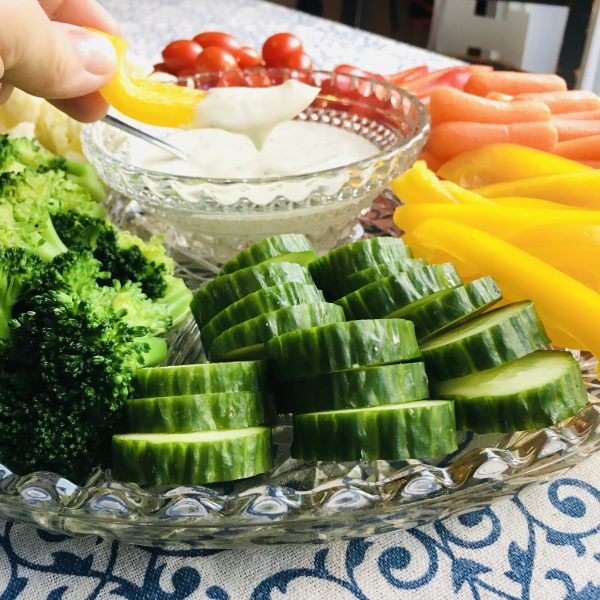
What should you serve a veggie platter on?
You don’t need to buy a crystal platter to serve vegetables at your next dinner party. I know your family will love this healthy dish when placed on the table.
Use what you have, but here are a few suggestions:
- A serving plate
- A chip and dish set
- A dinner plate for a smaller group.
- A wooden cutting board if you want to make it charcuterie board style
Just make sure that you include enough food for the group, about a half cup per person, about one handful of veggies per person. However you put it together, make sure it highlights all the vegetables – you don’t want anything hidden!
Here are a few great options you can order right now on Amazon. I have and love this first one!
Here is a great veggie Tupperware tray that is inexpensive and even comes with a lid for under $20.
How To Store A Vegetable Tray
Storing a vegetable tray properly is crucial to maintaining freshness, texture, and flavor. Here are the steps you should follow:
- After assembling the vegetable tray, refrigerate it promptly.
- The cool temperature slows down the growth of bacteria and helps maintain the quality of the vegetables.
- Cover the vegetable tray with plastic wrap or aluminum foil or place it in an airtight container. This helps prevent exposure to air, which can lead to vegetables drying out and potential contamination from other odors in the refrigerator.
- If your vegetable tray includes dips or sauces, store them separately from the vegetables. This prevents the vegetables from becoming soggy and maintains the integrity of the dips.
- Consider using a vegetable tray container with a lid. These containers are designed for storing and transporting vegetable trays, providing a secure and enclosed space.
Pro tips
Blanch broccoli and cauliflower to bring out their vibrancy and make them easier to bite into.
- Boil a pot of water, and add salt.
- Then add the prepared broccoli or cauliflower, and leave for 30-45 seconds.
- Then immediately transfer them to an ice water bath to halt cooking.
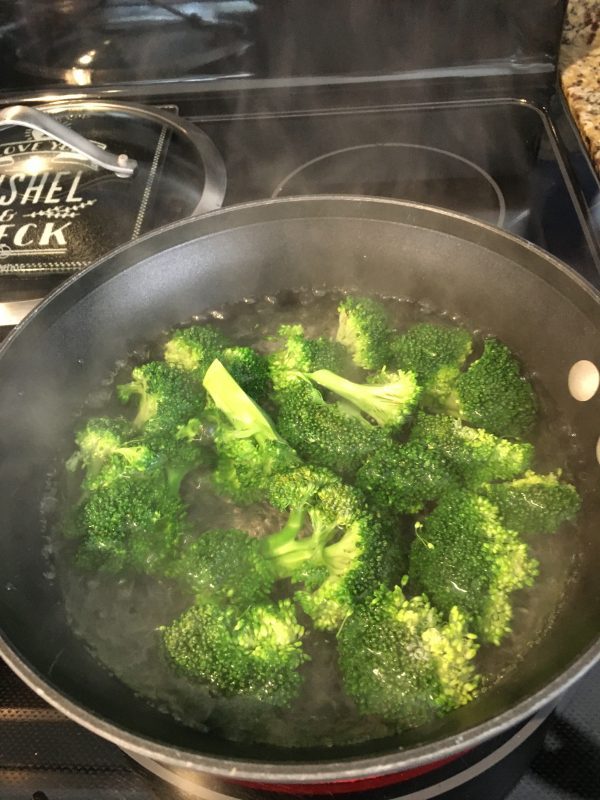
English cucumbers are a little more expensive, but they don’t need to be peeled, they have better flavor and they aren’t as watery.
Don’t forget to include a serving utensil, such as tongs, and a spoon for the dip.
There’s no one way to put the food on the platter, but you can put the food in rows, rainbows, clusters and other patterns.
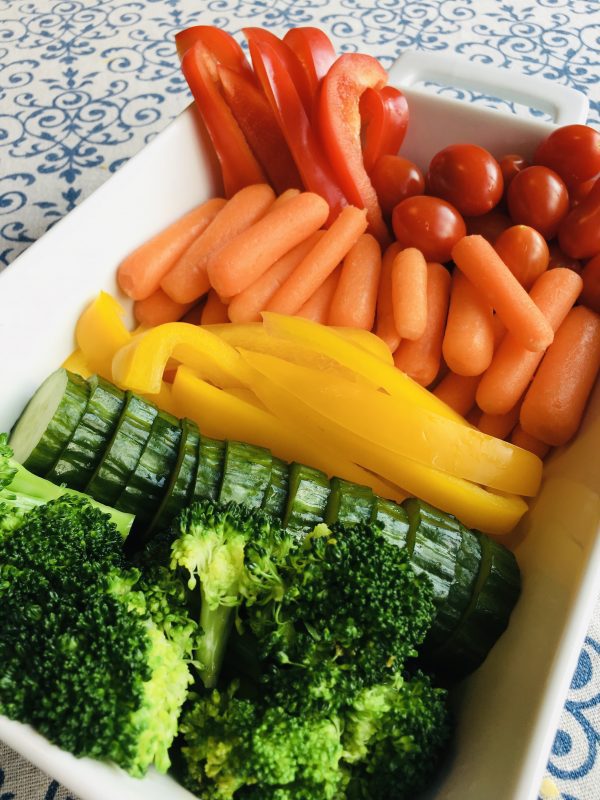
Why make your own platter?
- Cheaper: Making your own platter is cheaper than buying one at the store, and you’re not left with a plastic tray you’ll toss at the end of the night.
- Fresher: grocery store platters are made in advance, and sit out waiting to be purchased. Making your own ensures that your ingredients are fresh, appealing, and tasty.
- Better looking: a store-bought platter is often a few days old and looks it. A nice vegetable platter can be a focal point or an attractive addition to a spread, making it all look more inviting and appetizing.
- Tastier: fresh vegetables taste better. And, when you make your own platter, you can cater to your group, whether it’s a simple platter for kids, or more elaborate for an adult event or dinner.
- Better suits your needs: a platter from the store has basic vegetables that don’t go bad, but they don’t include a variety that will appeal to different tastes or ages, or size or types of event you’re making it for.
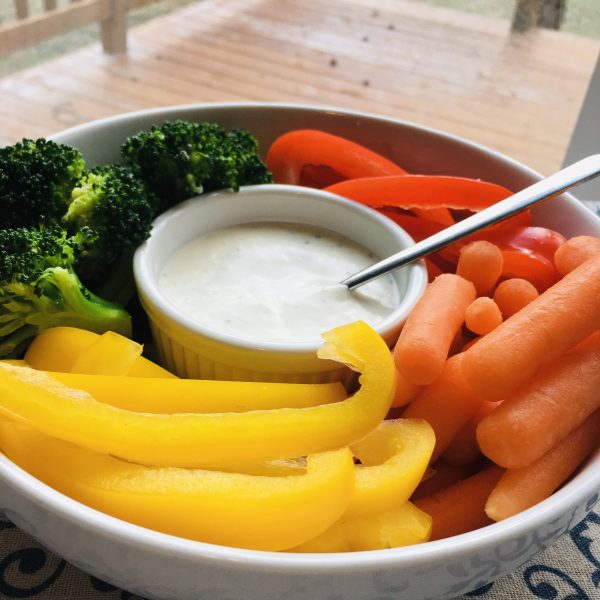
When should you make your veggie tray?
You can prep the platter a day in advance, but keep things fresh by wrapping the platter tightly and refrigerating it until it’s time to eat. Thankfully, these are fairly quick to put together.
The size and shape of the vegetables for the platter should be roughly uniform in size, and be able to be eaten in two or three bites.
Do cut vegetables lose nutrients?
Cutting vegetables can lead to some nutrient loss, but the extent depends on various factors such as the type of vegetable, the cutting method, and how the vegetables are stored after cutting.
We hope that you’ve learned some great tips on how to make a veggie tray people will actually eat! Let us know in the comments how yours turned out, and if we missed any tips!
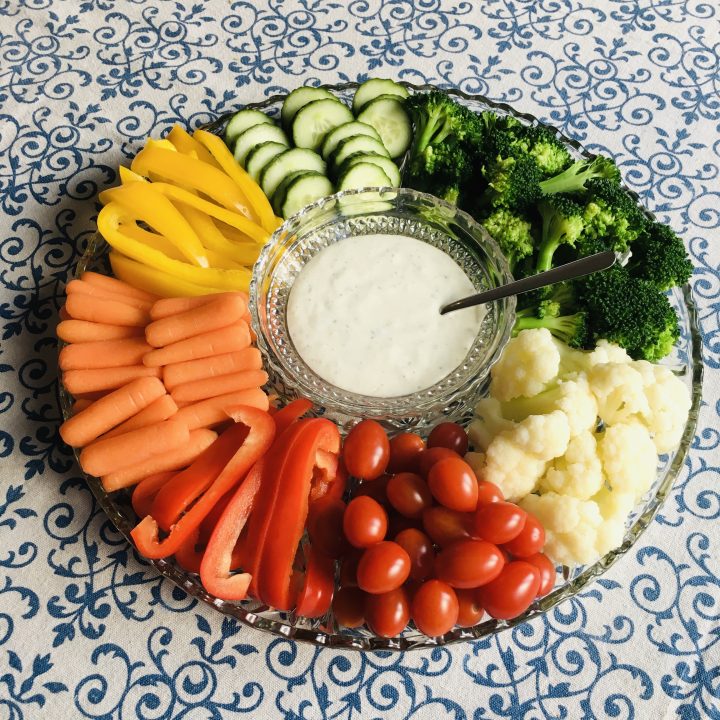
How to Make the Best Veggie Tray (People Actually Want to Eat)
Ingredients
- Red bell peppers
- Tomatoes
- Radishes
- Carrots
- Orange bell peppers
- Yellow bell peppers
- Baby corn
- Celery
- Cucumbers/English cucumbers
- Snap peas
- Jicama
- Olives, black or other colors
Instructions
Plan the platter—Big group? Small dinner? Lots of kids? Adventurous eaters? Cater to their tastes as you plan the platter.
- Make it fun. Mix in a variety of colors, flavors, and textures, and consider your budget as you go along.
- On a budget? Veggies such as carrots, celery, and cucumbers are crowd-pleasers and easy on the wallet, while peppers, tomatoes, and jicama are fun for more adventurous eaters or when you want to go all out.
- Easy to eat. The most important thing is to select finger-food-friendly vegetables that are easy to eat.
More Recipes You May Enjoy:
- How to Make a Classic Fruit Salad (And What Fruits to Choose)
- The Best Fruit Dip with Cool Whip
- Copycat Longhorn Garlic Parmesan Broccoli Recipe
- 4-Ingredient Maple Glazed Carrots Recipe
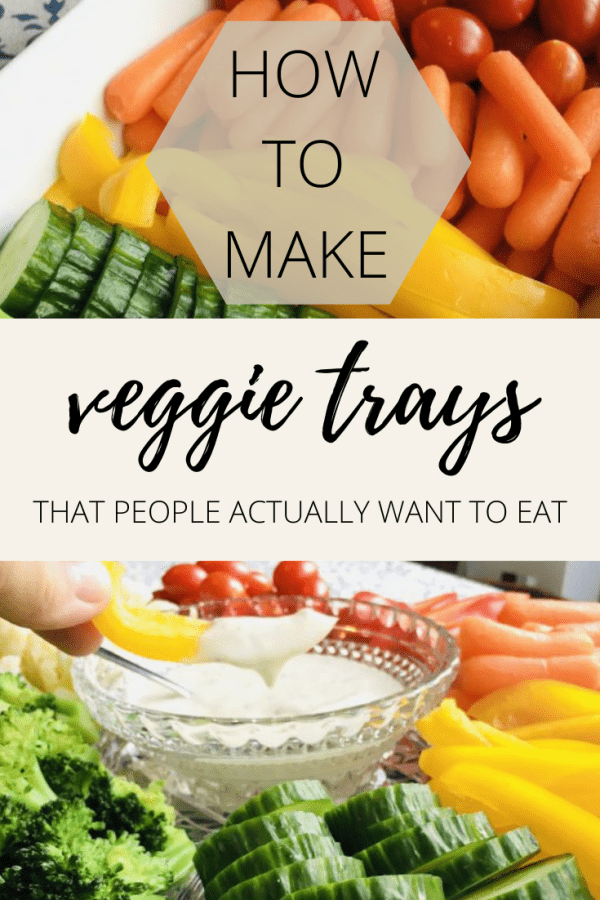
Turn your party into a hit with a successful veggie platter. These simple tips and tricks will level you up, giving you a dish your guests want to munch on!

